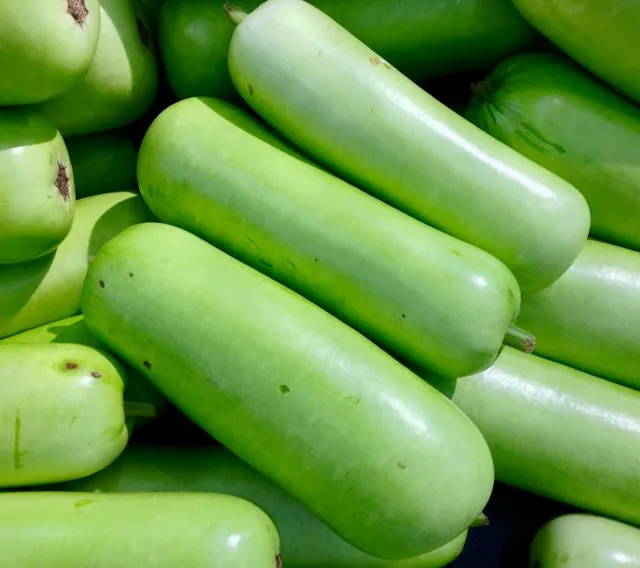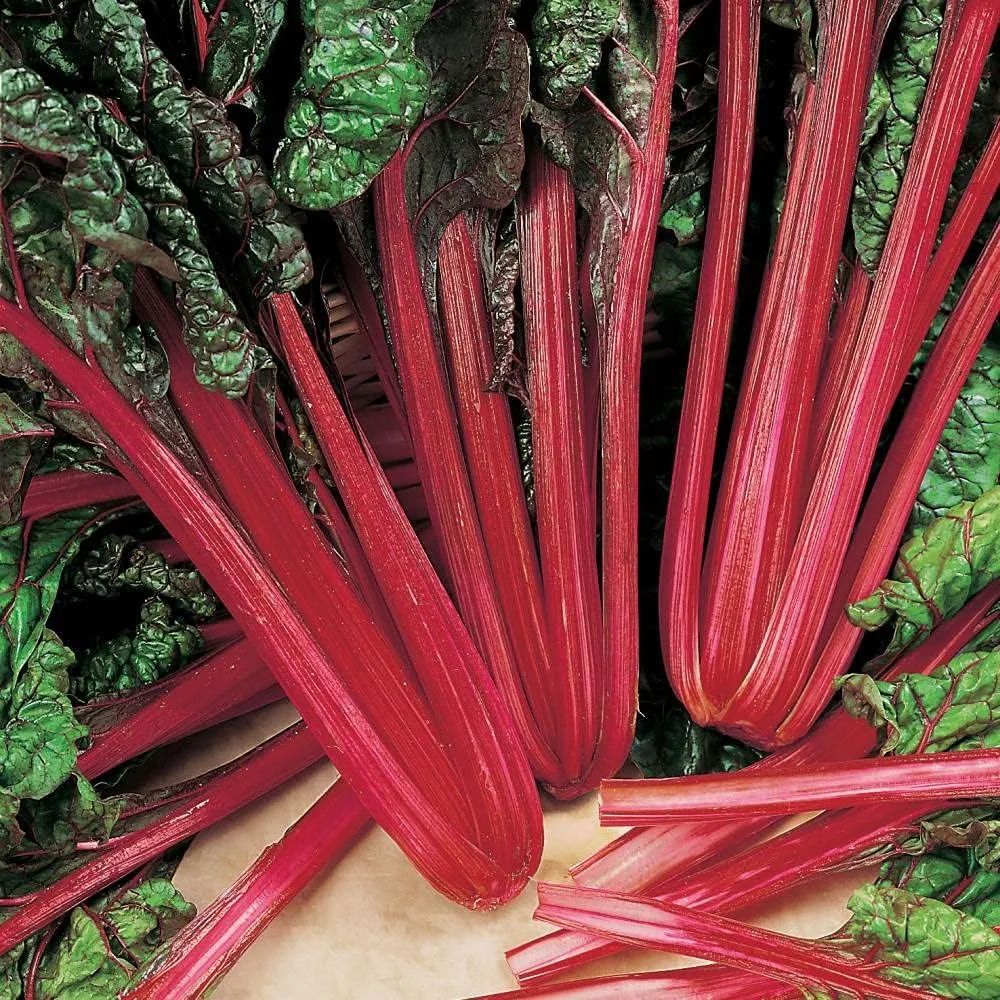Table of Contents
Cucumbers: The Refreshing and Versatile Vegetable
Introduction
Cucumbers (Cucumis sativus) are a staple in kitchens worldwide, celebrated for their crisp texture, mild flavor, and hydrating properties. Belonging to the gourd family (Cucurbitaceae), cucumbers are not only a culinary favorite but also a nutritional powerhouse. Let us explore the diverse world of cucumbers, covering their varieties, texture, uses, nutrition, recipes, cultivation, and global trends.
Varieties
Cucumbers come in several varieties, each suited to different culinary uses:
- Slicing Cucumbers: The most common type, with thick skin and large seeds; ideal for salads and sandwiches.
- Examples: American slicer, English cucumber (seedless, thin skin).
- Pickling Cucumbers: Smaller, with bumpy skin and firm flesh; used for pickles.
- Examples: Gherkin, Kirby.
- Specialty Cucumbers:
- Lemon Cucumber: Round, yellow, and slightly sweet.
- Persian Cucumber: Small, crisp, and nearly seedless.
- Armenian Cucumber: Long, ribbed, and mild-flavored.
Texture and Usage
- Texture: Crisp, juicy, and refreshing with a high water content (about 95%).
- Culinary Uses:
- Raw: Salads, sandwiches, and crudités.
- Pickled: Fermented or vinegar-based pickles.
- Blended: Smoothies, cold soups (e.g., gazpacho).
- Garnishes: Sliced or diced for drinks and dishes.
- Non-Culinary Uses: Skincare (toners, masks) and spa treatments (cooling eye pads).
Nutrition
Cucumbers are low in calories but rich in essential nutrients:
- Hydration: High water content aids in hydration and detoxification.
- Vitamins: Contains vitamin K (bone health) and vitamin C (immunity).
- Minerals: Provides potassium (heart health) and magnesium (muscle function).
- Antioxidants: Cucurbitacins and flavonoids reduce inflammation and oxidative stress.
- Fiber: Promotes digestive health.
Recipes
- Classic Cucumber Salad: Sliced cucumbers, vinegar, dill, and onions.
- Tzatziki: Greek yogurt, grated cucumber, garlic, and olive oil.
- Cucumber Sandwich: Thinly sliced cucumbers, cream cheese, and dill on bread.
- Cucumber Gazpacho: Blended cucumbers, tomatoes, garlic, and olive oil.
- Pickles: Fermented or quick-pickled cucumbers with spices and vinegar.
Global Cultivation and Distribution
- Top Producers: China, India, Russia, and Iran dominate global production.
- Climate: Thrives in warm, temperate climates with well-drained soil.
- Harvesting: Grown on trellises or ground, cucumbers are harvested when firm and green.
- Export: Major exporters include Mexico, Spain, and the Netherlands, supplying fresh and pickled cucumbers worldwide.
Trends
- Health and Wellness: Increasing demand for low-calorie, hydrating foods boosts cucumber popularity.
- Plant-Based Diets: A staple in vegan and vegetarian diets for its versatility.
- Sustainability: Easy to grow with minimal inputs, making it an eco-friendly crop.
- Innovation: Use in flavored waters, skincare products, and functional foods.
- Global Cuisine: Adoption in fusion dishes, such as sushi rolls and Mediterranean dips.
Conclusion
Cucumbers are a refreshing, versatile, and nutritious vegetable that transcends cultural and culinary boundaries. From crisp salads to cooling skincare, their applications are endless. As global demand grows, cucumbers continue to play a vital role in promoting health, sustainability, and culinary creativity. Whether enjoyed fresh, pickled, or blended, cucumbers offer a taste of simplicity and vitality that enriches our lives. Embrace this humble vegetable and discover its potential to transform your meals and well-being.









